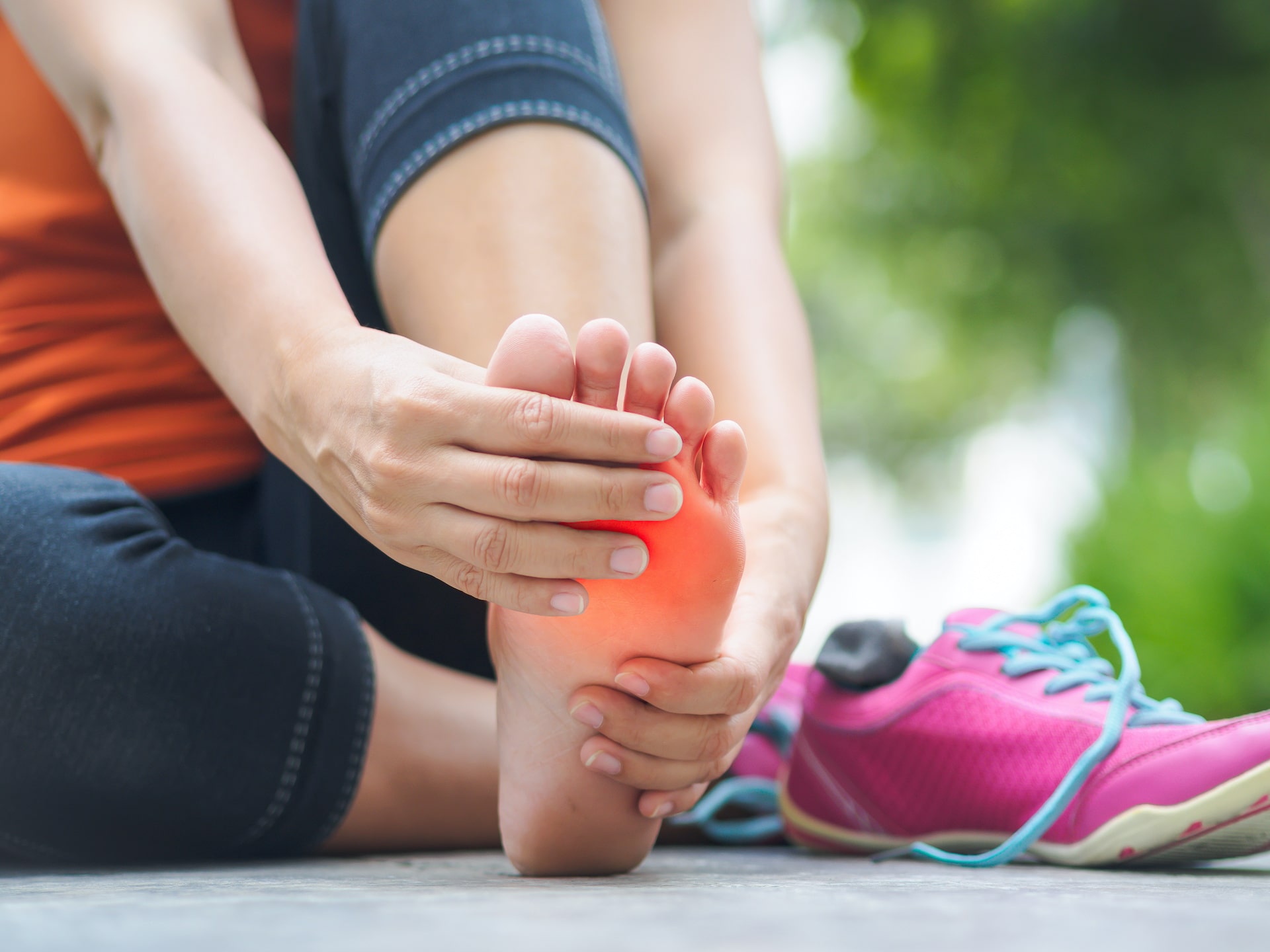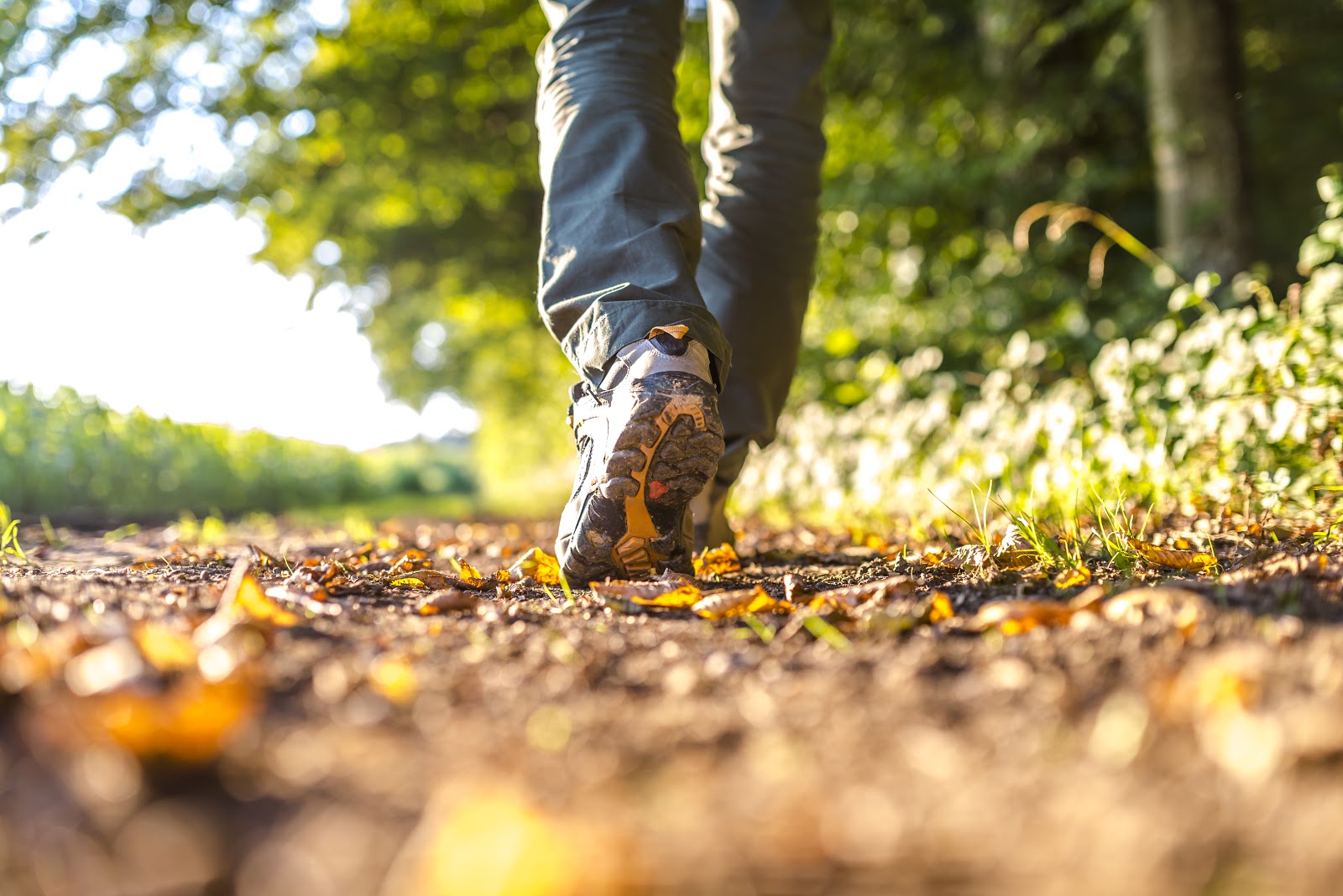Understanding how to prevent and treat foot injuries, at least until you can get to a professional, can help prevent the development of a more serious foot problems, and keep your trip from being utterly ruined.
Follow these three steps to familiarize yourself with preventing and treating foot problems while outdoors:
1. Select the right footwear
First of all, hiking boots are not fashion shoes. They are important pieces of equipment designed to carry you through miles of rough trails and through wet and sloppy ground. A hiker’s backpack can weigh between 30 to 60 pounds depending on the length of the trip. Your boots must be able to support this kind of weight and the abuse of the terrain.
When looking for boots, don’t skimp on the price for a pair that can’t handle the job. Find a pair that has a stiff sole with high-quality rubber, so your feet are protected from protruding rocks. Make sure the boots provide ankle support to help your ankle’s carry the extra weight of the pack while traversing uneven ground.
Keep your feet dry by choosing waterproof boots and wearing moisture-wicking socks. Also, carry extra socks and change them frequently, allowing the unworn pair to dry.
Your boots need to be properly fitted as well. Experts in an outdoor retail store should be able to find and fit the right pair of boots for you.
2. Carry a comprehensive first aid kit
Finding the right boots and socks is a major step in preventing injury, but you need to be prepared if injury does strike. Your first aid kit should help you deal with a variety of situations. Since foot injuries are the most common, your kit should be stocked to deal with these kinds of problems: blisters, torn toenails, sprains, and minor fractures.
Don’t forget gel-padded bandages or vaseline, as these are reliable blister-prevention aids that hikers frequently have to apply to hot spots.
3. Become familiar with how to treat blisters and other minor injuries
Having a first aid kit is only half as important on knowing how to use it. Before hiking, study up on basic field aid techniques. Learn how to splint a fracture, how to wrap a sprain, and how to clean and lance a blister. These techniques can help you stabilize the condition of your foot until you can get to a doctor.
If you treat a minor wound in the field but are concerned about it becoming infected, or if the pain doesn’t go away, you may have a serious injury requiring examination by a licensed medical professional.
Do you have questions about treating a foot injury while backpacking? Have you injured your foot and need to have an examination? Call Kansas City Foot Specialists to schedule an evaluation at (913) 338-4440, or request an appointment online so we can work with you to keep your feet healthy.



